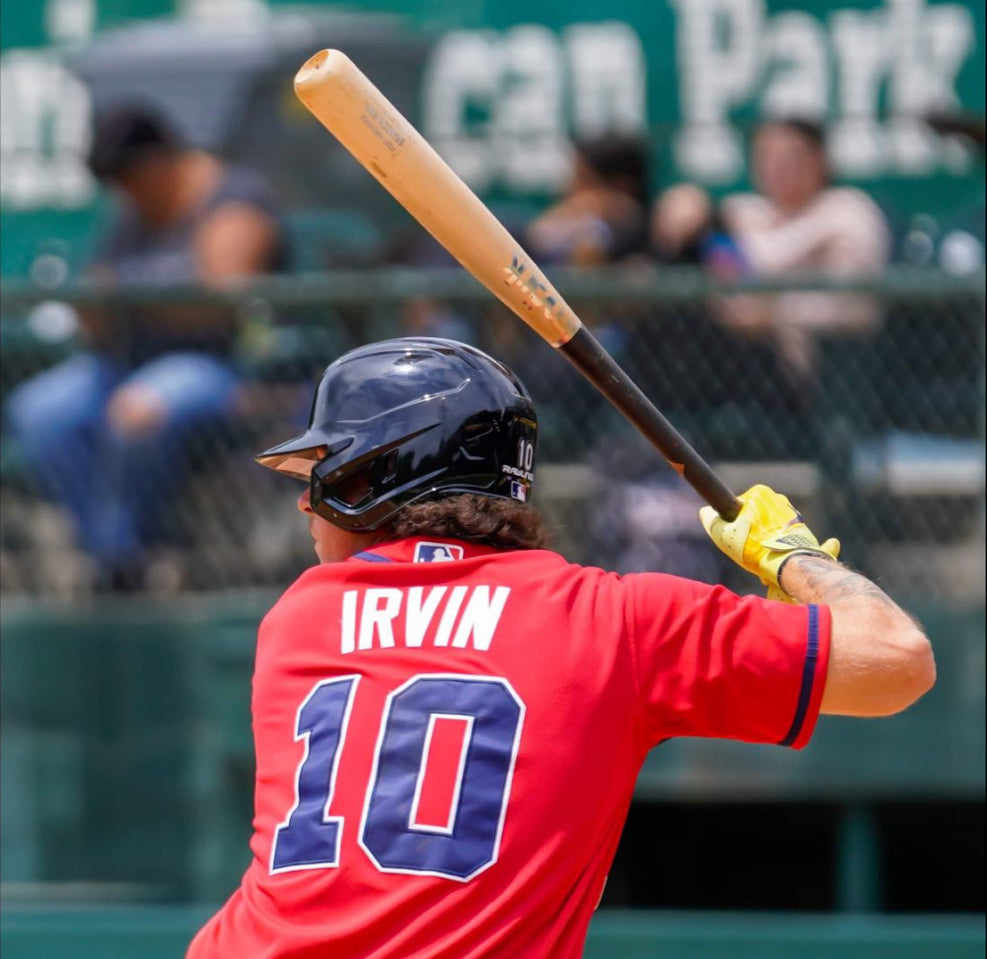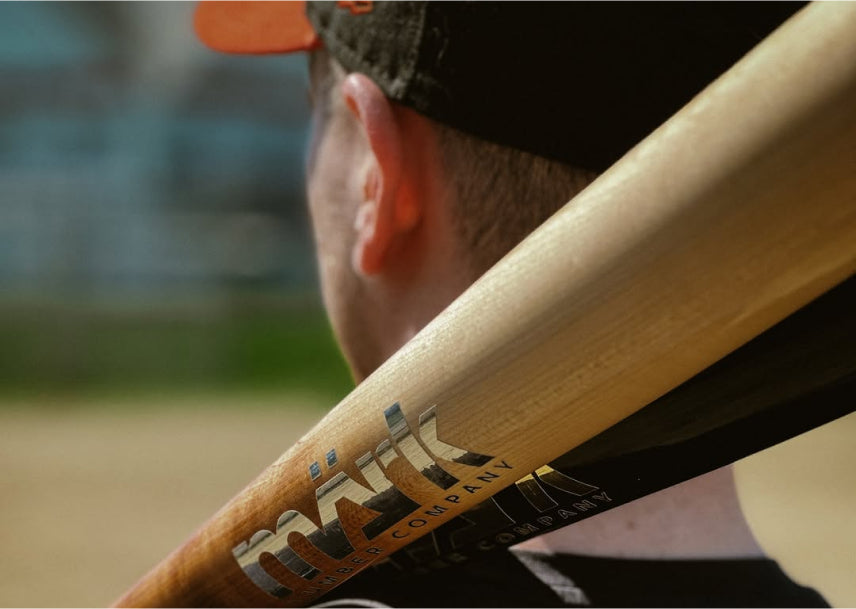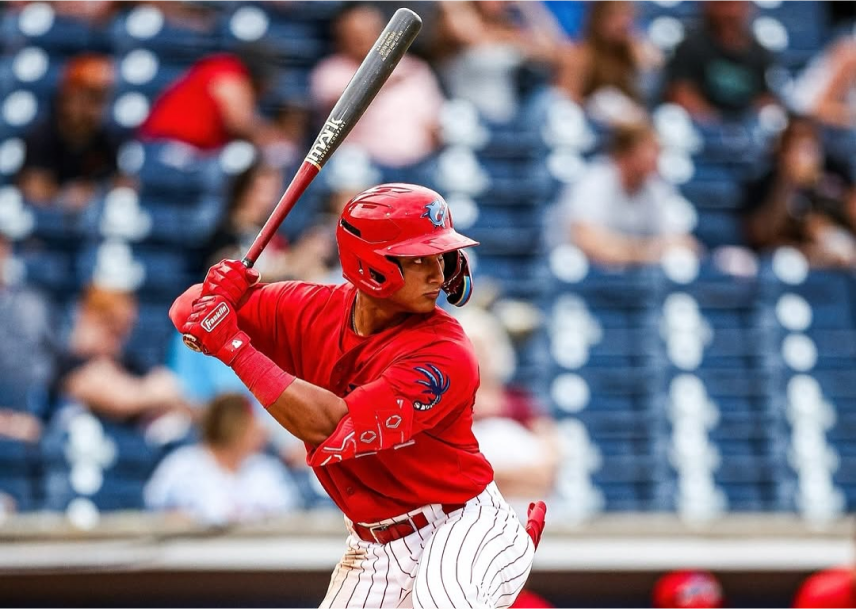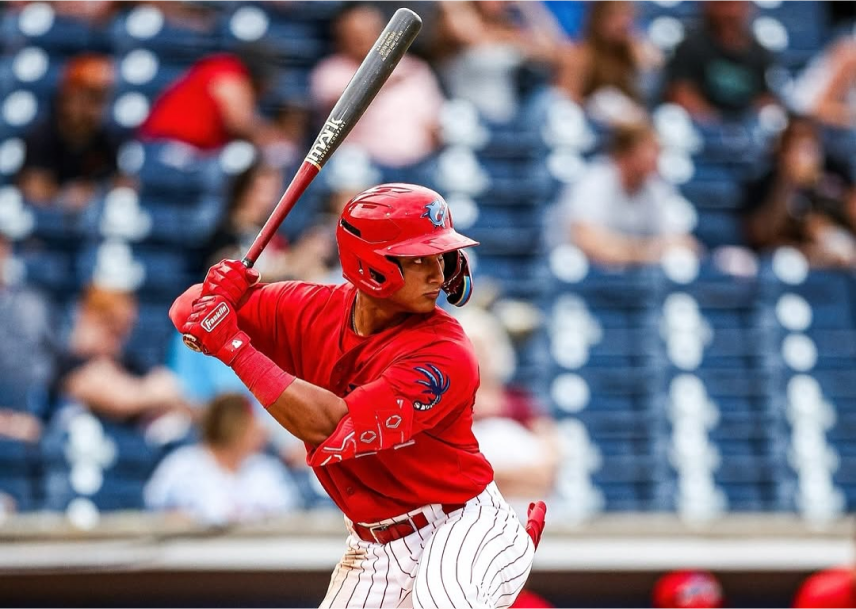
Why Your Softball League Should Switch to Wood Softball Bats
Introduction: The Real Problem With Metal Bats
If you’ve played softball for a while, you know the sound of a metal bat — that sharp ping that echoes across the field. It’s fast, loud, and exciting. But that speed has a downside. Metal and composite bats send balls flying off the barrel at incredible speeds, sometimes over 100 mph. For pitchers and infielders standing just a few dozen feet away, that means less than half a second to react. According to USA Softball, reaction times under 0.4 seconds can lead to serious injury risks.
The power advantage of metal bats changes how the game is played. Instead of emphasizing control, placement, and skill, it often becomes a contest of strength. Every swing has the potential to clear the fence, and that can make games one-dimensional. Pitchers feel pressured to throw safer, fielders hesitate, and strategy fades away.
Wood bats restore the balance. Wood softball bats naturally absorb more of the ball’s energy, creating safer exit speeds while rewarding proper mechanics. They bring back the feeling of pure contact — the satisfying crack instead of the hollow ping. With wood bats, the game slows just enough to be strategic again. Every hit is earned through timing and precision, not technology. That’s why more leagues are beginning to question whether the future of softball should look a little more like its past.
Why Wood Bats Make the Game Better
Switching to wood bats for softball leagues isn’t about limiting fun — it’s about improving the game. Wood bats bring balance, skill, and safety back to the field. They force hitters to focus on the fundamentals: squaring up, reading pitches, and following through cleanly. Players learn to make contact instead of swinging for the fences. The result? A game that feels more competitive, fair, and satisfying.
A key difference lies in energy transfer. Wood bats have smaller sweet spots and heavier barrels. This means players must rely on technique rather than bat design to drive the ball. The reward for getting it right is huge — when you connect, the ball jumps off the barrel with true, honest power. And because wood bats produce lower exit speeds, everyone on the field is safer.
|
Bat Type |
Average Exit Speed (MPH) |
Player Reaction Time (sec) |
|
Aluminum |
100 – 110 |
0.35 |
|
Composite |
95 – 105 |
0.37 |
|
Wood (Maple/Birch) |
85 – 95 |
0.42 |
Beyond numbers, wood brings emotion back. The crisp sound of maple, the weight in your hands, the visible grain — these details reconnect players to baseball and softball’s roots. It’s a more personal experience. You feel every swing. And when you find that perfect spot and hear that unmistakable crack, there’s nothing quite like it.
The Real Benefits of Wood Bats in Softball
Many players ask about the actual benefits of wood bats in softball — and the answer goes far beyond nostalgia. Making the switch to wood softball bats changes how the game is played, emphasizing control, precision, and safety over just power.
The first advantage is safety. Unlike metal or composite bats that send balls flying at extreme speeds, wood bats for softball leagues naturally limit exit velocity. This gives pitchers and infielders a crucial extra split second to react, reducing the risk of serious injuries.
The second benefit is skill development. Because wood bats have smaller sweet spots, they reward good mechanics and punish mishits. Players quickly learn proper swing paths, timing, and hand control — lessons that stick whether you use wood or metal later.
Another major plus is game balance. When teams start switching to wood bats in softball, games become more strategic. You see more line drives, smart baserunning, and defensive plays rather than endless home runs. Every hit feels earned.
Finally, wood softball bats are eco-friendly and durable. High-quality maple and birch bats come from responsibly sourced Canadian wood and can last for seasons with proper care.
So if you’ve ever wondered, “Can you use a wood bat in softball?” — the answer is absolutely yes. Beyond being legal in most leagues, they make the game safer, fairer, and far more rewarding for players at every level.
Can You Use a Wood Bat in Softball?

Yes, you can. Most recreational and slow-pitch softball leagues across North America allow wood bats, as long as they meet size and safety regulations. Governing bodies like USSSA, NSA, and ASA (USA Softball) permit wood bats under standard dimensions — typically up to 34 inches long with a -3 drop weight. Some competitive leagues are even mandating wood for certain divisions to improve safety.
Switching to wood changes the dynamic. Games become more strategic: bunts, gap shots, and base running start to matter again. The focus shifts from who can hit it farthest to who can play smartest. For fans, that often means more action — more fielding, more movement, and tighter scores.
When choosing wood, hard maple is the most popular option for its density and pop. Birch offers a slightly softer feel and a touch of flex, which helps new wood hitters adjust faster. Both are strong enough for consistent use when appropriately crafted.
Modern wood baseball bats are also far more durable than people think. Quality bat makers use pro-grade, hand-split billets with the grain aligned perfectly for strength. Add a long-lasting finish, and these bats can last season after season.
So if you’re wondering whether your league can make the switch, the answer is yes — and it’s easier than you think. Many teams that try wood never go back.
How to Bring Wood Bats Into Your League
Change always starts small. If you’re thinking about switching to wood bats in softball, start with a pilot season. Pick a few teams or run a wood-only tournament to test the experience. You’ll likely find that players enjoy the challenge and the fresh balance it brings to the game.
Here are a few simple steps to help your league transition smoothly:
1. Educate players and coaches.
Host a demonstration night. Explain the benefits of wood bats, how they reduce ball speed, and what players can expect. Let everyone take a few swings to feel the difference.
2. Update the rules.
Adjust your league guidelines to include approved materials — typically hard maple, birch, or ash. Keep weight and length standards similar to your current bats so the transition feels natural.
3. Encourage training with wood.
Practicing with wood helps players adjust their swing mechanics. Many top softball and baseball programs train exclusively with wood to sharpen timing and control.
4. Partner with a trusted supplier.
A quality bat makes all the difference. The Mark Lumber Custom Bat Program lets teams and leagues order bats tailored to their exact preferences — from barrel size to handle finish.
Once players realize that wood bats are about finesse and accuracy, not restriction, they begin to appreciate the craft behind every swing. Within a few weeks, most notice stronger mechanics, better contact, and fewer mishits. That’s what evolution in the game should look like — not faster bats, but better hitters.
Why Mark Lumber Bats Stand Out

If you’re serious about switching to wood, it’s worth choosing bats that can perform at a professional level. That’s precisely what Mark Lumber delivers. Founded by former pro ballplayer Marc Bourgeois in Quebec, Mark Lumber has become known for precision, consistency, and craftsmanship that rivals big-league standards.
Every bat starts from hand-split hard maple or yellow birch billets, ensuring straight grain for maximum durability. Each one is shaped, sanded, and finished by hand — no shortcuts. The result is a perfectly balanced bat that feels right from the first swing. Popular models like the Torpedo Bat and Torpedo Puck are especially popular among softball players for their smooth swing path and solid contact.
Mark Lumber also offers classics like the ML-243 and ML-271, models trusted by serious hitters across North America. A 45-day warranty, a rare promise in the wood-bat world, backs each bat. The company uses locally sourced Canadian wood and sustainable manufacturing practices, so your gear performs as responsibly as it plays.
Explore Mark Lumber’s Stock Bats Collection or customize your own. With Mark Lumber, you’re not just buying a bat — you’re investing in a tool that connects skill, tradition, and craftsmanship in one swing.
Conclusion: Bringing Back the True Game
Softball has always been about teamwork and precision — not just raw power. Wood bats bring that balance back. They make the game safer, more competitive, and more authentic. Every swing becomes a test of timing and control, and that’s what makes each hit feel earned.
By adopting wood softball bats, leagues can create a better playing experience for everyone: fewer injuries, tighter games, and players who improve faster. Coaches can teach more innovative hitting strategies, and fans get to see more of the game’s heart — smart base running, clean defense, and well-placed line drives.
The next time your league meets to discuss equipment, consider the change. A move to wood isn’t about the past; it’s about protecting the future of the sport. Visit Mark Lumber to find handcrafted bats that combine pro-level quality with timeless style. Experience the sound, the feel, and the control that only real wood can offer — and help your league rediscover what softball was meant to be.
FAQs
1- Are wood softball bats safer, and what are the real benefits of wood bats in softball?
Many players search for “wood softball bats”, but in our world, we call them wood baseball bats. Safety is the first big win. Metal and composite barrels act like trampolines, spiking exit speeds and cutting reaction time for pitchers and infielders. Wood absorbs more energy, trimming those speeds and helping prevent scary comebackers. That safety benefit pairs with better fundamentals: wood rewards clean mechanics—barrel control, timing, and balanced swings—so hitters learn to square balls up rather than rely on bat tech. Leagues also see healthier gameplay: more balls in play, smarter base running, and tighter scores. Beyond the field, wood is renewable and biodegradable, which matters to teams trying to reduce gear waste. Put simply, the benefits of wood bats in softball stack up across safety, skill, sustainability, and game quality.
2- Can you use a wood bat in softball, and will it hurt my power?
Short answer: yes, you can use a wood bat in softball in most leagues, and no, it won’t ruin your power if your mechanics are solid. Rule sets for USSSA/USA Softball commonly allow wood within standard length and weight guidelines—always check your league book. Once you’re swinging a wood baseball bat, focus on approach: see the ball deeper, stay short to the zone, and drive through the middle. Clean contact on the sweet spot still travels, and many hitters discover they control launch angle more consistently with wood. You’ll also feel instant feedback—miss-hit vibrations teach better barrel awareness quickly. If you’re moving over from alloy or composite, give yourself a couple of practices to adjust; most players report more consistent contact and being smarter at-bats after the switch. For teams that care about safety, parity, and real hitting skill, wood is a clear win.
3- What are the best wood bats for softball leagues, and how should a league choose them?
Lots of commissioners look up “wood bats for softball leagues” when they’re really trying to standardize equipment. Start by picking trusted profiles in wood baseball bats that balance feel and control—think classic shapes like 271 or 243, plus puck-knob options for extra leverage. Hard maple offers firmness and pop; birch provides a touch of flex that can help new wood hitters. For league-wide adoption, choose one or two approved lengths and target a swing weight similar to that of standard alloy sticks to ensure a smooth transition. Run a BAT demo day so captains can test the models and provide feedback. Finally, communicate care basics (rotate the barrel, store dry, avoid deadened cage balls) to boost longevity. When leagues align on a small set of high-quality wood models, gameplay evens out fast—more action in the gaps, fewer one-swing blowouts, and safer reaction windows for pitchers and corner infielders.
4- What’s the smartest plan for switching to wood bats in softball without upsetting players?
If you’re switching to wood bats in softball, roll it out in steps. Start with a preseason clinic so hitters feel the difference and coaches can cover setup—grip, stance, staying inside the ball. Next, schedule a three-to-four-week “wood-only” pilot during regular-season nights and gather feedback on injury incidents, average run totals, and player sentiment. Keep the data transparent to build trust. Provide a short list of approved wood baseball bat models and negotiate a team or league discount to reduce friction. Encourage batting practice with wood all season; it accelerates the learning curve and lowers mishits. Finally, confirm rules (length, drop, wood species) and stick to them. Most resistance fades once players see the upside—safer games, better mechanics, closer scores, and that satisfying crack that feels earned. Communication, demos, and clear standards make the change a win for everyone.
5- What are the most practical benefits of wood bats in softball for everyday players and coaches?
When everyday players ask about the benefits of wood bats in softball, they want practical gains—not theory. First, wood sharpens mechanics fast: the more miniature sweet spot training, the cleaner the contact, and hitters quickly stop casting or rolling over. Second, coaches get more precise evaluations because wood baseball bats don’t mask bad swings; you can spot fixes sooner and build better drills. Third, team defense improves as balls in play spread the field instead of flying out on mishits. Fourth, wood keeps performance consistent—unlike alloy, which can lose pop —a quality that makes a wood bat feel honest from swing one to swing thousand. Finally, many leagues find that wood lowers equipment complaints and bat drama; when everyone has comparable tools, games hinge on preparation and execution. Add sustainability—renewable materials and fewer dead composite shells—and wood becomes a practical, long-term upgrade for programs focused on growth and safety.







